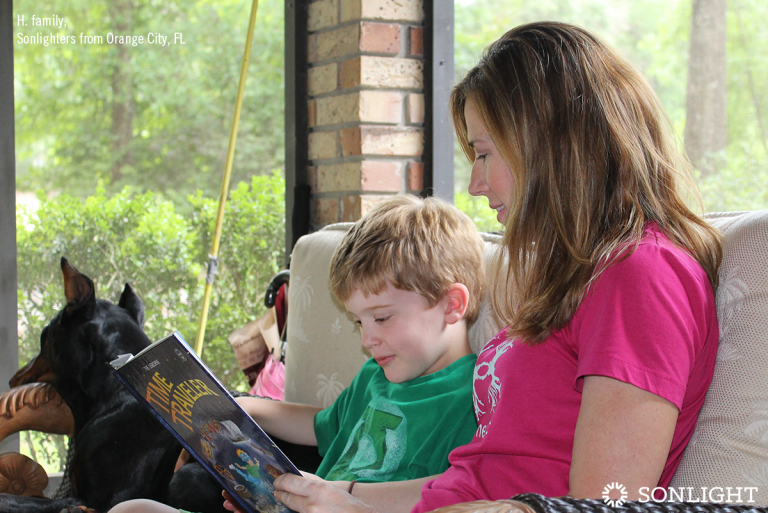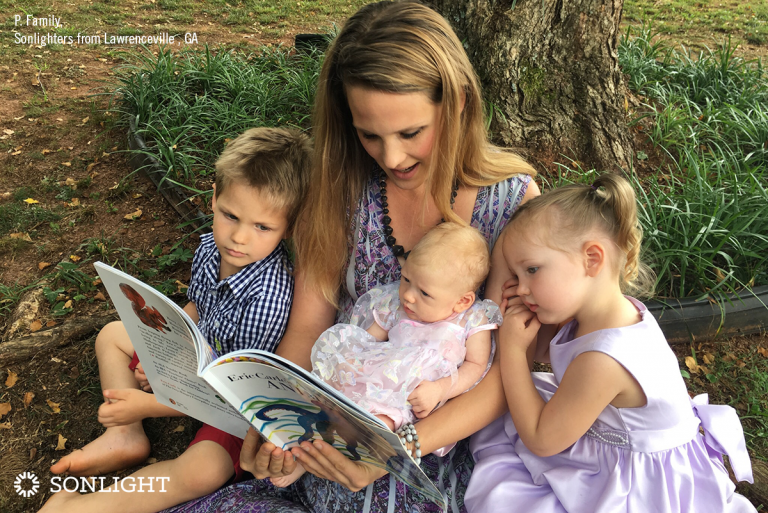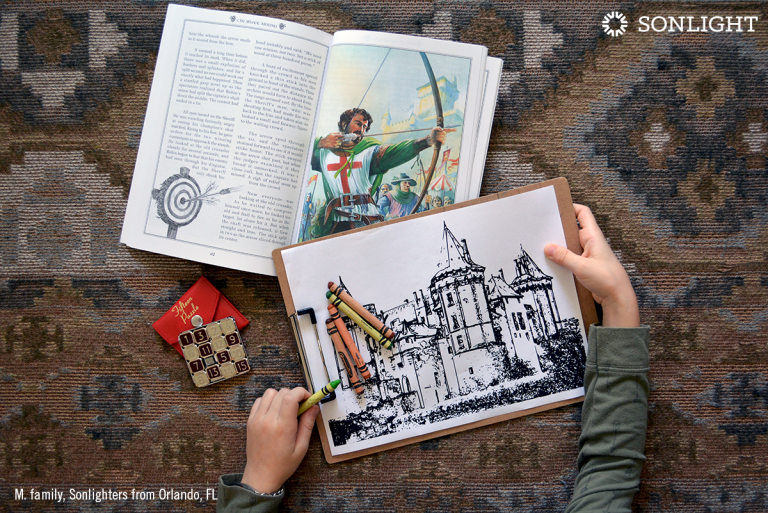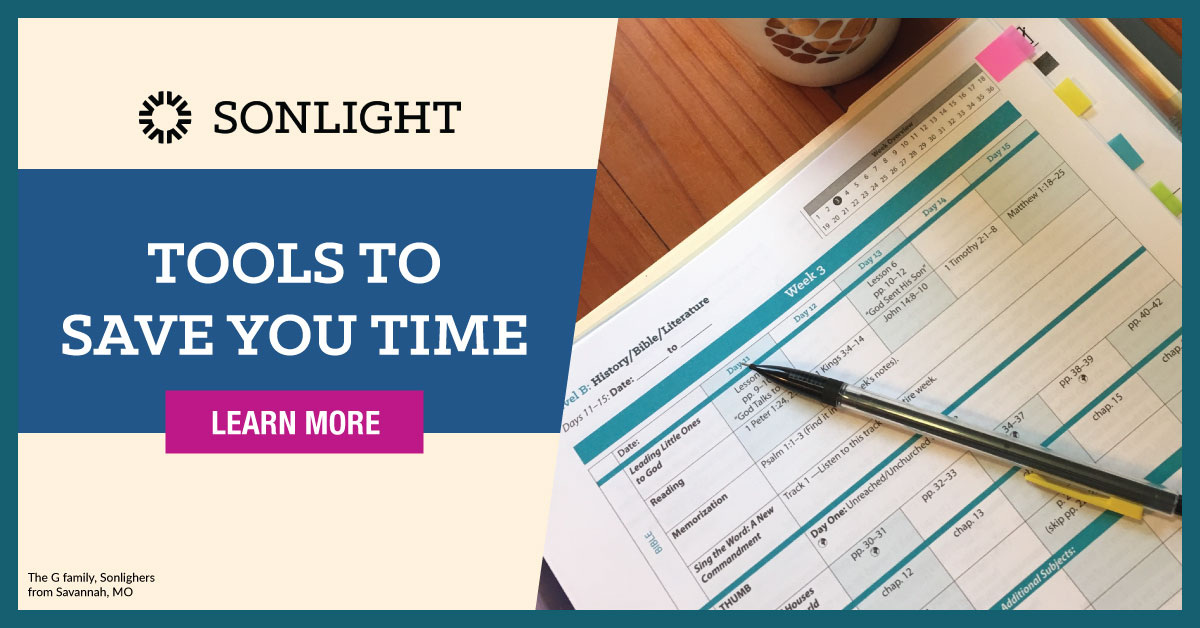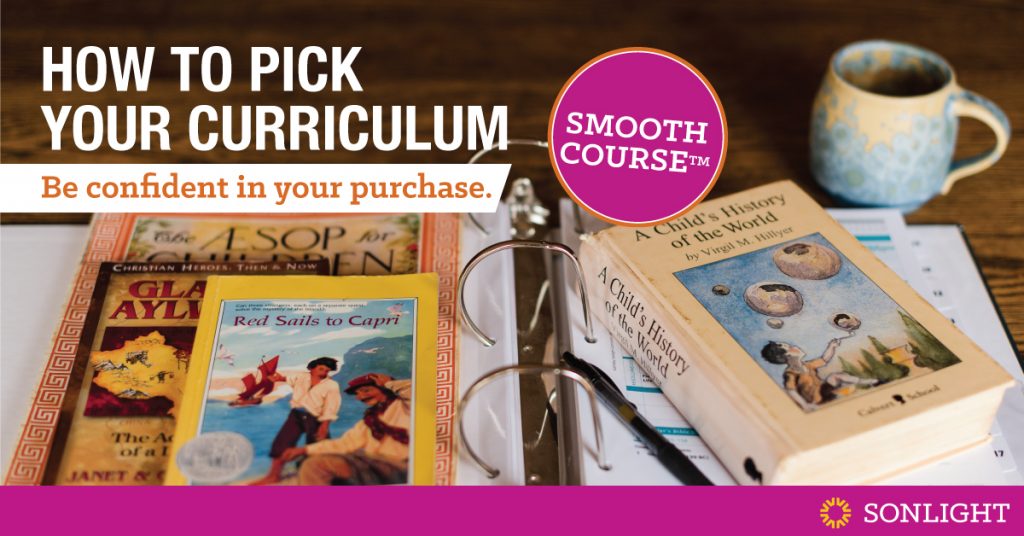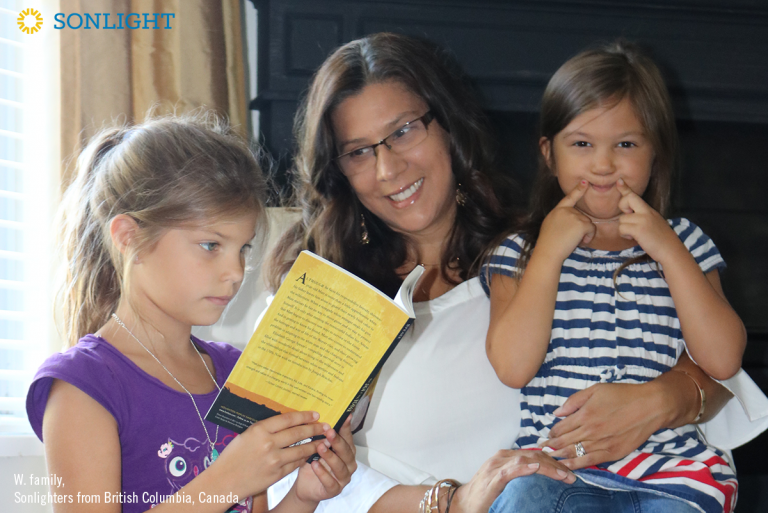
The mistakes I made as a new homeschool mom helped me learn a lot about myself and my children. Don't feel bad if you, too, are committing these. (It took me at least 3 years to identify one of them!)
We should never feel bad about our mistakes; instead, we can use them to grow and make improvements. Afterall, identifying mistakes is the first big step to finding a solution. Be encouraged by this scripture:
"There is no condemnation for those who are in Christ." Romans 8:1.
And don't focus only on the negatives. Also celebrate what is going well in your homeschool, whether big and small. All victories are worth being celebrated.
Here are the 3 common mistakes new homeschool moms—like me—make and how to avoid them.
#1. She mimics school at home.
This is a common mistake new homeschoolers make because most of us came from the public school system and naturally try to imitate the only way we know how to educate a child. But education is not just academics. Education is also parenting and discipleship. It is teaching a child as a whole person, including habits, character, spiritual discipline and life skills.
Imitating the public school system at home doesn't work because your child is an individual with his/her own learning style, natural gifts and talents, and God-given curiosities.
If you are homeschooling multiple children, you know that they are completely different from each other. As a homeschool mom, we have the blessing to customize their education. To do so, we must become students of our children, instead of following a system made for mass education.
I have several friends who were public school teachers prior to homeschooling their own children. Their advice is this: "deschool" first, observe your children, watch how they learn and what they are excited about. Then, you are on your way to homeschool success.
Learning to be a student of my children and cater to their education as individuals has been a game changer in our homeschool. And no, this does not mean more work for me or teaching with multiple curricula. Our curriculum works with all types of learning styles. When I understand how they learn, I know how to engage and get the best out of each child.
Don't mimic school at home. Instead become a student of your children and create a learning experience that matches their preferences.
#2. She turns from mom to teacher (or drill sergeant) overnight.
Guilty as charged on this one! I did not even go from mom to teacher; I went from mom to drill sergeant overnight. This role was very damaging to my relationship with my children. It took me a long time to realize that not only I was pushing my kids away from any desire to learn but I was also pushing them away from me.
We need to remind ourselves daily that we are moms first. As moms, we are called to be encouragers and nourishers of our children, even while homeschooling. At the end of the day, our relationship with our children is still more important than academics.
Also, I learned from Charlotte Mason that there is a difference between being a teacher and a facilitator. I don't want my kids to depend only on me to learn. I want my children to learn how to think for themselves and learn on their own as well. Our job as home educators is to teach them a love of learning and to facilitate learning in a way that will make them independent learners.
You can avoid mistake #2 by becoming a facilitator of learning to your children. Instead of giving them orders or making them depend solely on you to learn, inspire them to explore and learn in a positive and exciting way! As a facilitator, your excitement for learning will transfer to them.
#3. She uses a strict schedule instead of a natural rhythm and routine.
- 8:45 a.m. Bible
- 9:10 a.m. copywork
- 9:30 a.m. Read-Alouds
Well, this looks like a well-intentioned plan that can easily fail. While we do follow a general routine, we don't look at the clock very often. Following a natural rhythm and routine works best for our family and allows more flexibility in our homeschool.
My children love to read, but they don't necessarily read during homeschool hours on their own. They read their Sonlight Readers before bedtime instead. It is part of their natural routine, something they have created the habit to do daily. Our Read-Aloud happens right after breakfast or during meal times—a part of our family rhythm.
So what comes naturally to your family? And at what time of the day?
Avoid mistake #3 by weaving your learning time into your family's routine in an organic way. You don't need to fit all your learning into a 9 a.m. to 2 p.m. schedule or teach each subject in 30 minutes increments. Your children have different learning paces, so allow them time to explore, observe, and learn without hurrying.
When homeschooling, no whistle will not blow; no bells will ring to indicate it's time to change classes. You can slow down, enjoy your learning time together, and make sure to create memories that will have a long-lasting impact in their lives.
If you are a new homeschool mom and realize you are making these mistakes, welcome to the club! I can guarantee you that you are not alone. Nearly all of us have made these same blunders, but mistakes are part of the refining process in everything we do. So take the advice you give your children—don't be afraid of making mistakes.
It may take several hits and misses until you get to the place you want to be. But take courage! You don't need to homeschool alone. Veteran homeschool moms love to teach what they learned from their mistakes, so look for one to mentor you.
Every homeschool mom needs these three things: community, encouragement, and support. If you don't have access to an in-person mentor, plug into an online homeschool community. If you use Sonlight, advisors are ready to help.
Take advantage of our 100% guarantee. No other homeschooling company can match our Love to Learn, Love to Teach™ promise. You can order with confidence that either you will have a great year, or you will get a full refund.



